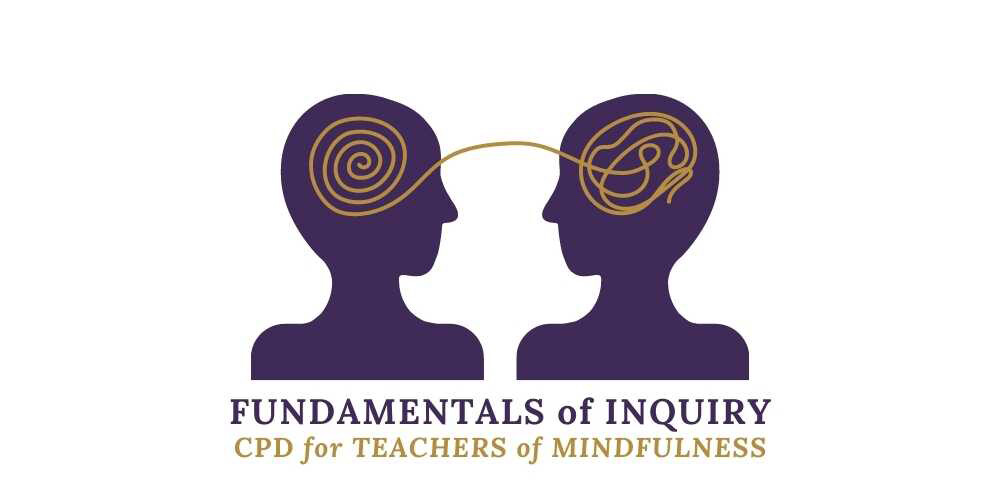The Secrets to becoming a Confident Inquirer
What an amazing thing to be part of a moment of insight! There’s no doubt that inquiry facilitates lightbulb moments, even though part of the posture of an inquirer is about not pushing for outcomes of course. It’s these moments that fire the motivation to learn inquiry skills. Yet inquiry is the area where teachers are most likely to express doubt about their skills (Segal et al. 2013). Read on to discover what the three secrets of becoming a confident inquirer may be.
But let’s go back to the light bulb moments – for a few seconds everyone has rapt attention and the participant involved suddenly looks as if their world is turning on its axis. Each member of the group, not to mention you as teacher, receives a piece of learning, not by wrote but by feeling, experiencing and participating in the moment as co-journeyer. Read through this example – a participant speaks of a family member’s long-term suffering, during a compassion training, where it feels appropriate to go deep in ‘vertical inquiry’*.
Teacher: That sounds really tough. If you’re happy to share, could you say what you’re feeling right now?
Participant: Sadness. And it’s been going on for so long. I don’t know how to help…
Teacher: Would you be ok to pause here for a moment?…You’re feeling sadness.
Participant (with tears beginning to flow): Yes
Teacher (with hand on heart): I really feel the pain of this with you.
Participant: And I’m just at a loss now, it’s been going on and on. And I’m a GP, I should be able to help.
Teacher: What would it be like to let go of trying to fix it? Perhaps coming back to just feeling the sadness. Can you feel it in your body?
Participant (indicating heart and throat): Yes, here and here.
Teacher: It’s so hard to just feel it isn’t it, without trying to move on or fix anything. How are you feeling now?
Participant: Relieved.
Teacher: Isn’t that interesting?! To let yourself feel it, is a relief.
Participant (with a big sigh): I exhaust myself trying to solve it.
Teacher: Right here is the challenge of compassion. To actually feel the truth of it. Then we might be in a position to consider taking action not out of reactivity and avoidance, but out of a heartfelt connection to the truth of the suffering that’s here. This is why compassion training takes such strength and courage…
Have you noticed how we can listen to these kinds of lessons explained over and over, but until we’ve seen and felt them, either in ourselves or others, somehow the real meaning of what is said evades us? Inquiry has the potential to increase our chances here. Therein lies a good slice of your gentle and humble power as a mindfulness teacher to help bring the blessings of mindfulness into reach for others.
But how frustrating it can be to know this potential and yet feel lacking in confidence to be the inquirer you could be.
I want to suggest that there are three secrets to becoming a confident inquirer. 1. TRUST – trusting your inner guidance and trusting human connection to happen. Followed by needing to balance this with 2. KNOWING – knowing the models experientially (the Triangle of Awareness and the Three Circle Model in particular) and 3. PRACTICE- practicing inquiry with peers. Our Inquiry CPD evening course, which begins in May revolves around these three core learning processes.
Many people graduate from teacher training with a good knowledge of the models of inquiry such as the Triangle of Awareness and the Three Circles, but with a lack of trust in themselves to know from within where to go with inquiry. We need the models to clarify how to ‘do’ inquiry, but we also need an embodied confidence in our own inner compass and a sense of the power of our presence – we need to know how to ‘be’ in inquiry. This mirrors what Saki Santorelli, calls the instrumental and non-instrumental dimensions of teaching (Crane, Karunavira and Griffith, 2021). One is learned from outside and involves acquiring information and learning, the other arises like a ‘fountainhead from within you, moving out’ as ancient mystic poet Rumi puts it and is inherently creative.
So, at the beginning of the inquiry course we’ll be breaking down the models so as to understand their meaning more clearly, and then we’ll be throwing them out! We will do this in order to reconnect with our own inner guidance and to trust in our natural ability to connect on a human level. And, we’ll be practicing all of this every week in peer groups so as to experience a depth of immersion which can’t fail to open the petals of the inquiry lotus (see infographic).
References:
Segal, Z. V., Williams, J.M.G., and Teasdale, J. 2013, Mindfulness-based Cognitive Therapy for Depression (2nd ed). The Guildford Press.
Saki Santorelli in Crane, Karunavira and Griffith, 2021, Essential Resources for Mindfulness Teachers, Routledge.
Rumi, Masnavi, interpreted by Coleman Barks, internet search.
Notes:
*Vertical inquiry is when you spend some time with one person, in contrast to horizontal inquiry which is when you move across the group gathering short responses. For more on this see the book Essential Resources for Mindfulness Teachers, Chapter 9.
To find out more about enhancing your inquiry skills and our Inquiry skills course, click here


